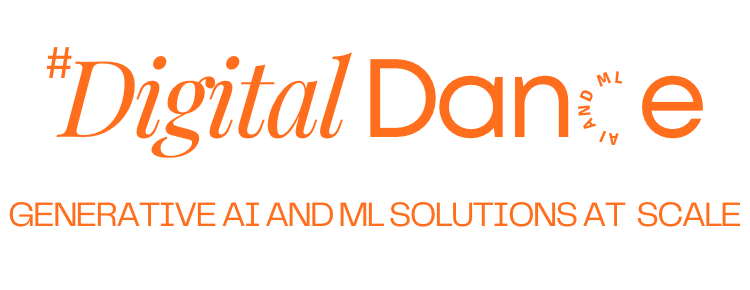Regulation is no longer a cost centre. It is a design constraint—and a competitive lever.
Nowhere is this more evident than in financial services, where KYC, AML, and regulatory reporting have grown too complex for manual workflows but too sensitive for unchecked automation. Agentic AI presents a way forward: automation that reasons, explains, and aligns with policy in real-time.
The Compliance Bottleneck
Compliance teams face a paradox. As the scope of global regulation expands (GDPR, MiFID II, Basel III, and now the EU AI Act), so too does the complexity of proving adherence. Manual reviews are slow, error-prone, and resource-intensive. Yet black-box automation fails to satisfy the burden of transparency and auditability.
The result? Delayed onboarding. Increased cost of compliance. Friction between innovation and governance.
Regulation-Aware Automation Defined
At Digital Dance AI, we define Regulation-Aware Automation as:
"Agentic systems that not only execute regulated workflows, but also reason about the rules that govern them—mapping data to risk categories, triggering safeguards, and generating evidentiary artefacts."
Built on Retrieval-Augmented Generation (RAG) pipelines and compliance-specific knowledge bases, these agents do not merely automate—they interpret, cite, and align.
Use Case: KYC & AML Reporting Automation
Let's illustrate this with a practical architecture.
Problem:
A mid-tier bank must validate customer identity (KYC) and screen for adverse media in real-time. Current manual reviews take 3–5 days. Delays lead to customer churn and regulatory exposure.
Solution:
A regulation-aware agent deployed as part of onboarding:
- AI Vision + OCR extracts identity from passports and utility bills
- Azure OpenAI + RAG reviews documents, classifies risk, and flags inconsistencies
- Cognitive Search maps results to predefined AML schemas
- ISO 42001-aligned logs ensure every step is auditable
- Logic Apps push finalised KYC packs into CRM + SAR pipelines
This transforms a reactive bottleneck into a proactive differentiator.
Why This Works in High-Stakes Environments
- Explainability: Agents cite source policy or historical examples for each decision (GDPR Article 5, AMLD5 clause).
- Audit-Ready: Each task generates a compliance artefact—timestamped, logged, and attributable.
- Adaptive Risk Segmentation: Agents learn to calibrate thresholds across jurisdictions (EU, UK, offshore) using contextual cues.
- Human Oversight: Critical decisions trigger escalation to designated roles, with agent rationale included in the ticket.
EU AI Act Alignment
Financial AI agents often fall under High-Risk classification in the EU AI Act. This mandates:
- Data quality validation
- Risk management systems
- Logging and traceability
- Human oversight
Our framework is pre-aligned with these requirements, using ISO 42001 as the structural backbone.
Final Word
The future of compliance is not manual versus machine—it is regulation-aware orchestration. With the right architecture, agentic AI becomes more than automation. It becomes interpretation. Governance at machine speed.
For leaders in financial services, this is no longer a technical challenge. It is a strategic advantage.
Want to See Regulation-Aware Automation in Action?
Book a free consultation to explore how agentic AI can de-risk and accelerate your compliance workflows.
Book Consultation


